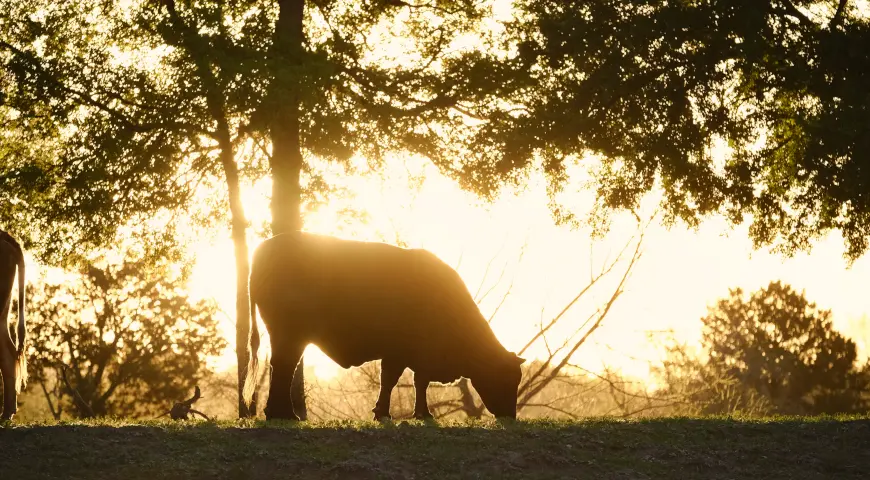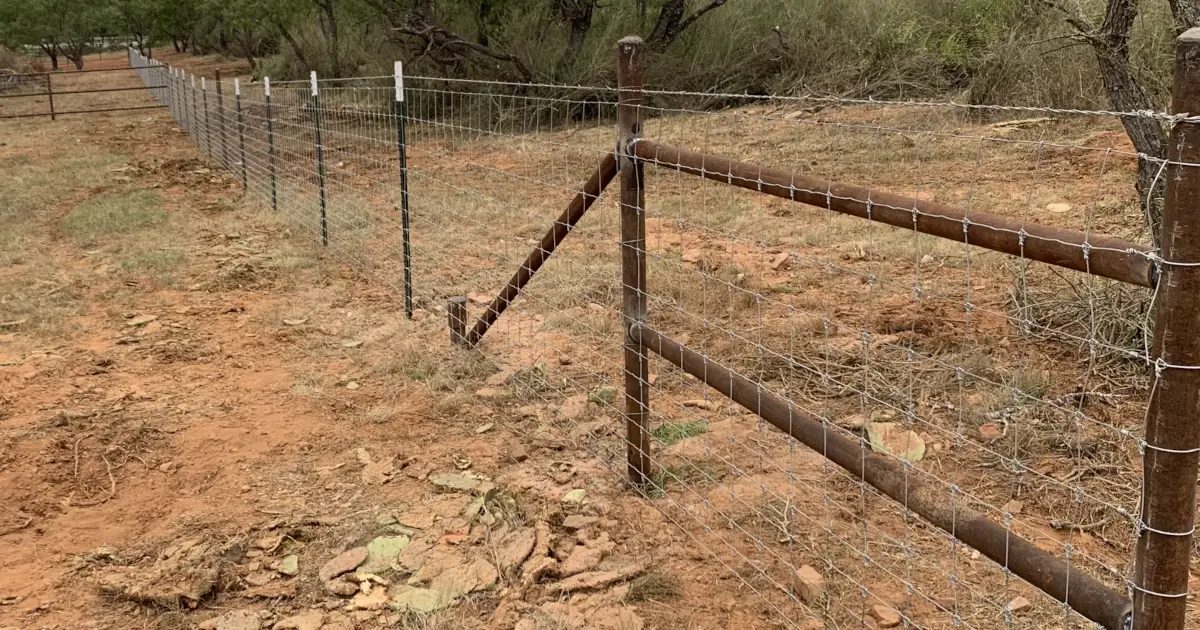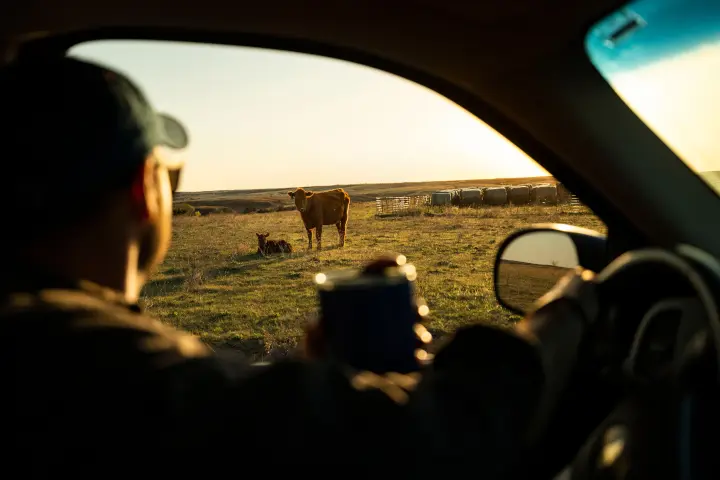September 16, 2025
Santa Gertrudis cattle are a true Texas legacy. Developed on the historic King Ranch, this cross between Brahman and Shorthorn was bred for resilience in heat, resistance to parasites, and top-tier beef production. These are big-bodied, active cattle built to thrive in tough South and Central Texas environments, but only if your fencing is up to the task.
At Fred Nuncio Fencing, we understand the demands that Santa Gertrudis herds put on pasture systems. From breeding operations to grass-fed beef programs, here's how to fence for function, safety, and sustainability.
Why Santa Gertrudis Need Specialized Fencing

This breed is known for:
- Strong herd instincts and movement in groups
- Heavy frame and muscle mass
- High activity levels, especially in rotational grazing setups
- Tolerance for dense brush and challenging terrain
That means your fencing must be strong, visible, and built for long-term performance.
Recommended Fence Types for Santa Gertrudis
1. Pipe & Cable Fencing
- Why it works: Handles heavy body pressure without damage.
- Use Case: Ideal for corrals, handling areas, or rotational paddocks.
2. High-Tensile Electric Wire
- Why it works: Strong, clean, and cost-effective for pasture division.
- Pro Tip: Use solar-powered chargers and visible flagging to improve compliance.
3. Woven Wire with Steel Posts
- Why it works: Adds physical security and is excellent for calf retention.
- Best For: Perimeter fencing on mixed-use ranches.

Key Design Considerations
- Height: At least 5 feet tall, with higher fencing in pressure zones.
- Bracing: Double H-braces or welded pipe corners are essential.
- Spacing: Posts should be no more than 10 feet apart; closer in brushy terrain.
- Gate Widths: 12–14 feet wide to support herd flow and vehicle access.
Climate-Ready Fence Materials
South and Central Texas bring heat, humidity, and shifting ground conditions. Use:
- Galvanized steel for rust resistance
- UV-resistant electric components
- Concrete footings or driven pipe for stability in sandy soils
Maintenance Musts

- Monthly Walk-Throughs: Inspect for breaks or weakened posts.
- Brush Clearing: Maintain visibility and reduce fence-line pressure.
- Post-Storm Checks: Wind and flooding can displace fencing in low areas.
Fencing for Strength, Heritage, and Performance
Santa Gertrudis cattle carry the legacy of Texas ranching. Your fence should reflect that strength. At Fred Nuncio Fencing, we build for longevity, animal health, and maximum pasture efficiency.
Need fencing that can stand up to this Texas powerhouse?
Let’s TalkFAQs About Santa Gertrudis Fencing
Santa Gertrudis herds require a thoughtful approach to fencing. Here are answers to common questions.
A minimum of 5 feet is standard, but 5.5 to 6 feet is recommended in handling areas or high-traffic zones.
Yes, when properly installed and maintained. High-tensile electric fencing paired with solar chargers works well, especially in rotational grazing.
Absolutely. In brush-heavy or rocky areas, shorten post spacing and use stronger corner bracing.
Use rounded corners, reinforced bracing, and avoid choke points at gates. Wide, clear paths reduce pressure on any one area of fencing.